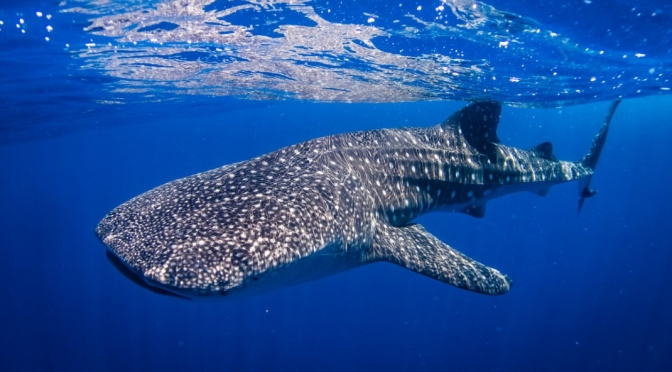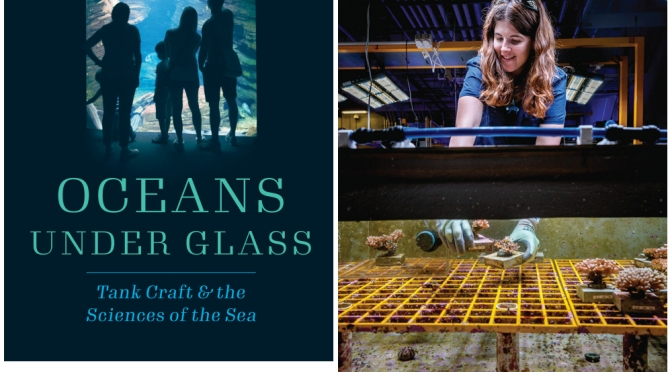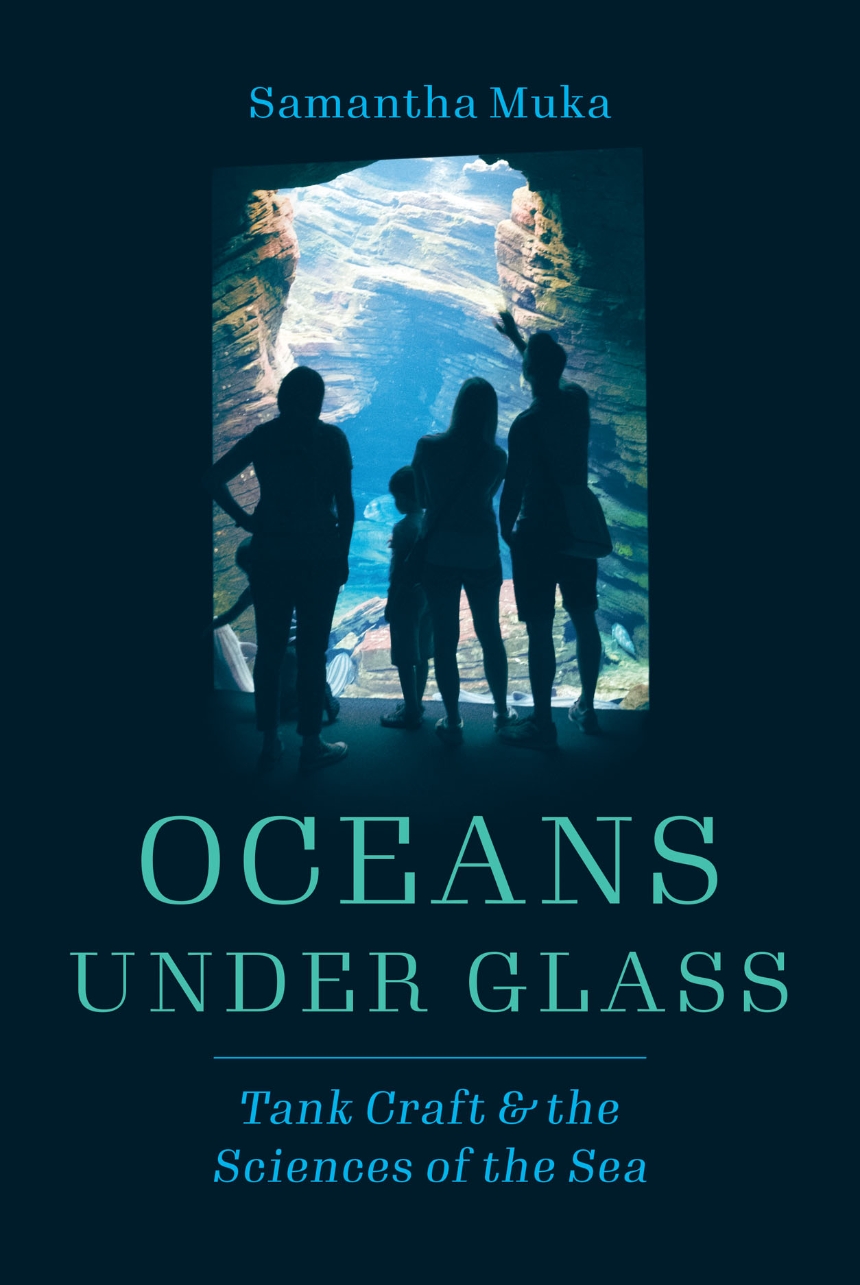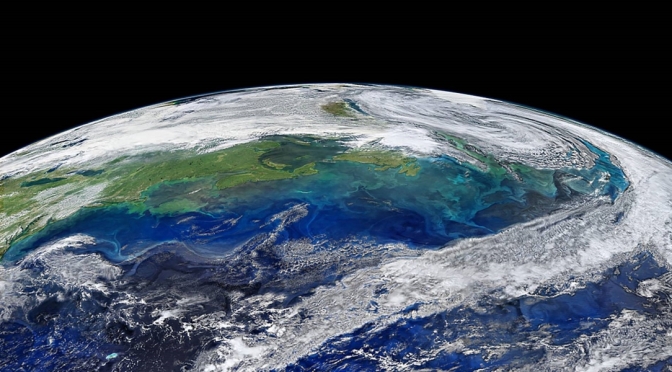Smithsonian Channel (April 15, 2023) – From Lionfish to Peacock Mantis Shrimp, here’s a look at some of the reef’s fiercest predators from ‘Castro’s Secret Reef,’ Deadly Australians: Oceans and Beaches,’ ‘Great Blue Wild: Indonesia,’ and ‘David Attenborough’s Great Barrier Reef.’
Tag Archives: Oceans
Research Preview: Science Magazine – Feb 24, 2023

Science Magazine – February 24, 2023 issue:
Samples returned from the asteroid Ryugu are similar to Ivuna-type carbonaceous meteorites
The Hayabusa2 spacecraft made two landings on the asteroid (162173) Ryugu in 2019, during which it collected samples of the surface material. Those samples were delivered to Earth in December 2020. The colors, shapes, and morphologies of the returned samples are consistent with those observed on Ryugu by Hayabusa2, indicating that they are representative of the asteroid.
Journals take up arms against AI-written text
Many ask authors to disclose use of ChatGPT and other generative artificial intelligence
Iron stress threatens Southern Ocean phytoplankton
Lack of the nutrient limits the plants’ productivity, key to climate and ecosystems
Climate Change: Threats Of Ocean Acidification
The Economist (February 2, 2023) – As carbon emissions change the chemistry of the seas, ocean acidification threatens marine life and human livelihoods. How worried should you be about climate change’s so-called “evil twin”?
Video timeline: 00:00 The other carbon problem 00:50 How does the ocean’s deepest point reveal its past? 02:55 Why are baby oysters dying? 04:08 Is the ocean acidic? 05:21 What is causing ocean acidification? 06:01 Why are corals dissolving? / Will deep sea ecosystems survive? 08:35 A threat to human livelihoods 10:42 What are the ‘potato chips of the sea’? 12:04 What is the solution?
Views: Whale Sharks Off Coast Of Cancun, Mexico
CBS Sunday Morning – We leave you this Sunday morning with whale sharks near Holbox Island off the coast of Cancun, in Mexico. Videographer: Lance Milbrand.
As the largest fish in the sea, reaching lengths of 40 feet or more, whale sharks have an enormous menu from which to choose. Fortunately for most sea-dwellers—and us!—their favorite meal is plankton. They scoop these tiny plants and animals up, along with any small fish that happen to be around, with their colossal gaping mouths while swimming close to the water’s surface.
Filter Feeding
The whale shark, like the world’s second largest fish, the basking shark, is a filter feeder. In order to eat, the beast juts out its formidably sized jaws and passively filters everything in its path. The mechanism is theorized to be a technique called “cross-flow filtration,” similar to some bony fish and baleen whales.
Top New Science Books: ‘Oceans Under Glass’ By Samantha Muka (Dec ’22)
Oceans under Glass – Tank Craft and the Sciences of the Sea
Aquarist knowledge is an often overlooked but vital part of marine research
A welcome dive into the world of aquarium craft that offers much-needed knowledge about undersea environments.
The art of aquarium science
Atlantic coral is rapidly disappearing in the wild. To save the species, they will have to be reproduced quickly in captivity, and so for the last decade conservationists have been at work trying to preserve their lingering numbers and figure out how to rebuild once-thriving coral reefs from a few survivors. Captive environments, built in dedicated aquariums, offer some hope for these corals. This book examines these specialized tanks, charting the development of tank craft throughout the twentieth century to better understand how aquarium modeling has enhanced our knowledge of the marine environment.
Science Magazine – December 22, 2022

Reviews: ‘Avatar – The Way Of Water’ – The Science Of James Cameron’s 2022 Film
National Geographic – James Cameron is diving into the deep: this time, into the oceans of an alien world. The director shares how Earth’s oceans inspired The Way of Water—and his hope it will motivate viewers to protect our own planet.
National Geographic recently spoke with Cameron from New Zealand about the science and technology of The Way of Water. What inspired these creatures, and how did Cameron and his team bring them to life?
Read the article to find out: https://on.natgeo.com/3VWciu5
Science: How Advanced Computer Models Project Future Climate Scenarios
Princeton University (December 13, 2022) – Earth’s atmosphere, oceans, and land surfaces interact and combine in powerful, yet often unseen, ways as part of a complex planetary system that determines the climate.
Over many decades, researchers at Princeton University have played a leading role in the development of advanced computational models that simulate interactions among these elements to inform an understanding of future climate scenarios under varying conditions.
In this video, climate scientists Gabe Vecchi and Laure Resplandy discuss how computational models are used to project future climate scenarios and inform mitigation strategies.
Preview: New Scientist Magazine – Oct 29, 2022
Research Preview: Nature Magazine – Oct 6, 2022

Deflecting asteroids is not enough — we need to know when they approach
After NASA’s DART asteroid-deflection experiment, a fully funded telescope for detecting space rocks is an equally pressing priority.
The oceans store more carbon than thought — but not enough to save the planet
Although the marine ‘carbon sink’ is bigger than expected, it is still inadequate to keep global warming at bay.
Electric cars could break the grid if future drivers stick to today’s routines
The rise in electric-vehicle ownership could overload the electric grid unless charging becomes a daytime activity.
Indonesia Views: South Sea Cultured Pearl Farms
South Sea pearls are the largest cultured-pearl variety, sometimes reaching over 20 millimeters in diameter. The Pinctada maxima oyster can take up to five years to produce a single South Sea pearl, whereas more common freshwater oysters can take as little as three months and create dozens of pearls. This long cultivation process makes South Sea pearls rarer — and more expensive. A single South Sea pearl can cost $1,500, and a necklace can reach over $200,000. So, how are these pearls grown? And what makes them so expensive?











